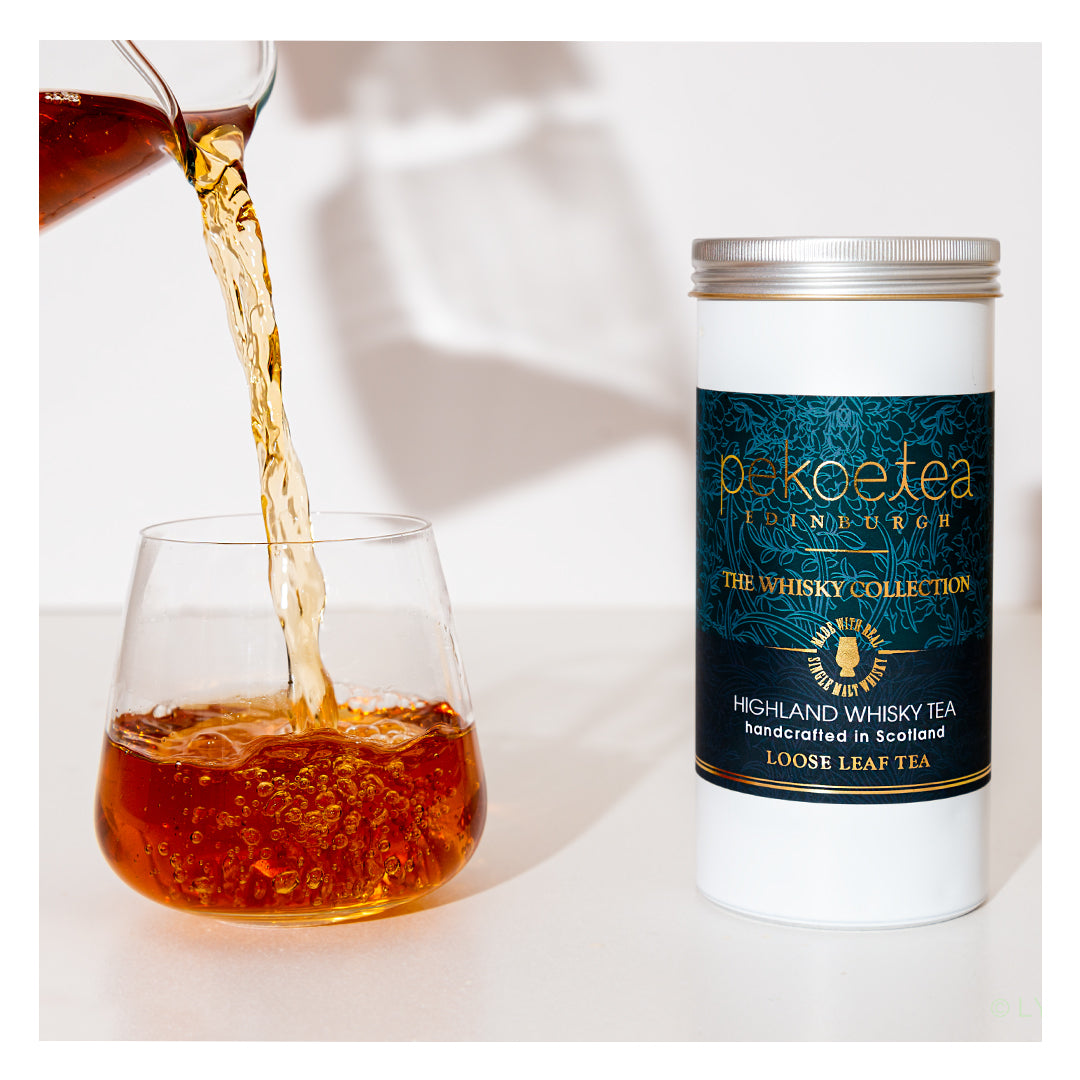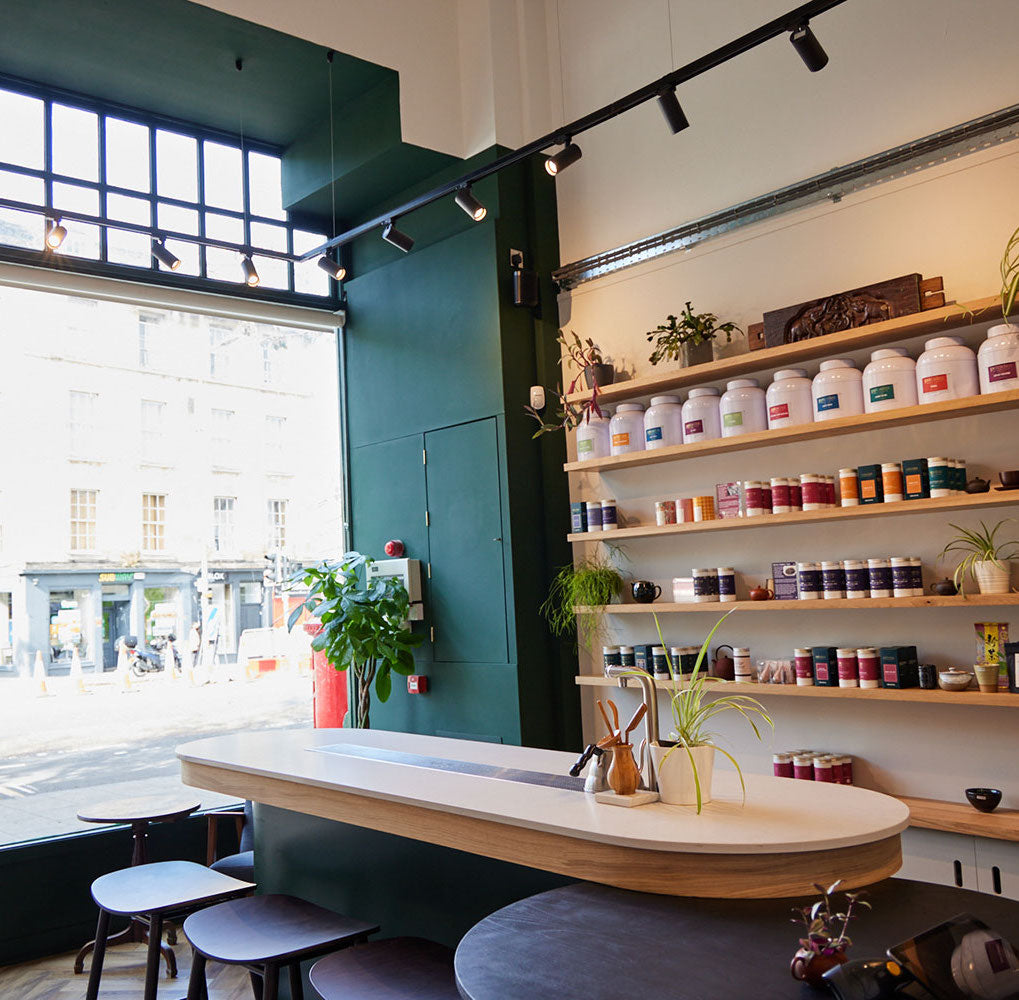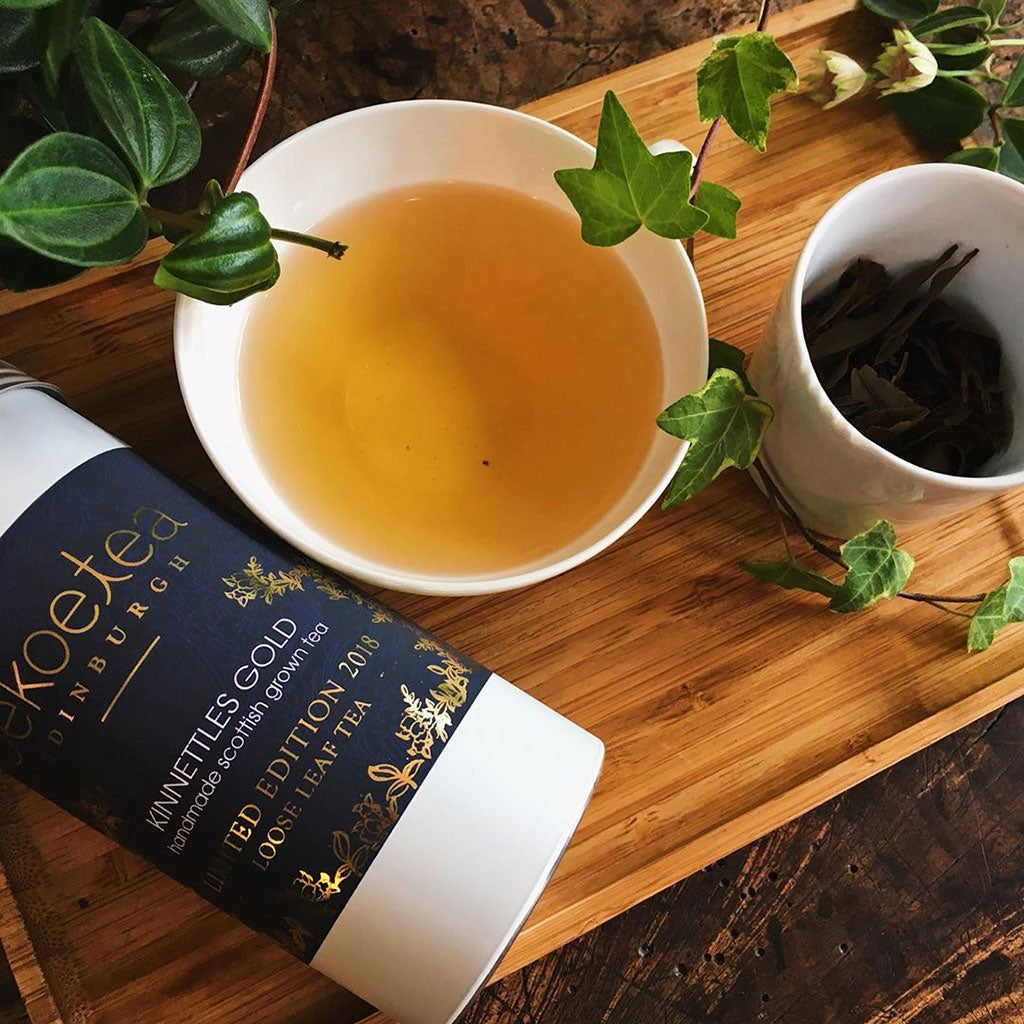This week's blog is about Lapsang Souchong, a famous Chinese tea. This is a tea that people remember for its distinctive smoky aroma. At PekoeTea, we stock two grades of Lapsang Souchong each of which has slightly different characteristics.
History
Lapsang Souchong is a Chinese black tea from the Wuyi region of Fujian province, and is sometimes said to be the world's first black tea. The original Lapsang Souchong was produced using a variety of the tea plant called Xiao-Zhong which originates near Tongmu Village. The very first Lapsang Souchong was first produced almost by accident. According to Chow and Kramer, legend claims that during the Qing dynasty, an army unit passing through Xingcun (Star Village) camped in a tea factory filled with fresh leaves awaiting processing. The following the day when the soldiers left and the workers could get back into their premises, they realised that they wouldn't be able to get the tea to the market in time if they dried the leaves the usual way. They chose to light open fires of pine wood to help speed up this process, which was absorbed by the tea leaves which gives Lapsang Souchong its distinctive smokiness. The farmers brought the newly discovered tea to the market where it was very popular with western traders and has been popular in the west ever since (All The Tea In China, 1999).
Harvest and Processing
The first flush of Lapsang Souchong comes quite late due to the high altitude and lower temperatures of the Wuyi region. The start of the harvesting season is indicated when the first buds of the tea plant are fully developed, which is known in China as Zhu-ya. "Souchong" refers usually to the more mature tea leaves with typically the 4th and 5th leaves being plucked. The mature leaves have less amino acids and less aromatic compounds than earlier ones.
Akira Hojo explains how Lapsang Souchong is processed. After the tea has been plucked, the tea leaves are spread out on bamboo mats and withered above pinewood fires. When the leaves soften, they are rolled into tight strips and placed on the floor to cool. After the tea has cooled it is placed in wooden barrels, covered with cloths and allowed to oxidise. Unlike other black teas which are dried straight after oxidisation, Lapsang Souchong undergoes a pan-frying stage to inactivate any enzymes. During this process the tea leaves give off a fresh, grassy aroma which helps develop the flavour of the tea. Whilst the leaves are still warm from the pan-frying they are rolled for a second time which prepares the tea leaves and helps them to absorb the smoke. The tea leaves are finally dried on bamboo trays which are raised above pinewood fires, this is where they develop their unique flavour and aroma.
Brewing
Lapsang Souchong can be prepared either in western style using a traditional teapot or in Gongfu style where it is best prepared using a Yixing clay pot. If using a traditional tea pot, use 3-5g of tea for 200ml of boiling water, infuse the tea for three minutes. If preparing the tea in Gongfu style, fill roughly a third of the pot with tea, infuse the tea for 30 seconds using boiling water and pour through a strainer into a serving pitcher or directly into a cup.
- Jamie Doris June 2014
Chow, K. and Kramer, I., 1990. All the Tea in China.San Francisco: China Books and Periodicals.
Akira Hojo., 2014, Lapsang Souchong., [online], [viewed 10 June 2014] available from http://hojotea.com/item_e/b02e.htm









